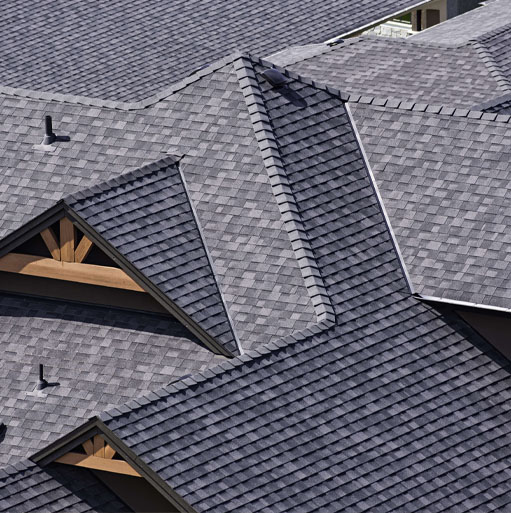Flashing is a crucial part of your roof, but it is frequently overlooked. Many people do not realize that the roof consists of jointed segments where water could enter the house if it was given the option, especially near vent pipes and chimneys. If you have noticed problems with your flashing, you might have a lot of questions. This guide will answer some of those questions so you can decide what to do next.
What Does Flashing Do?
Flashing consists of metal plates placed over the roof’s joints. The metal is often aluminum or galvanized steel. The flashing is often situated in the valleys of the roof, but you may also see it near the chimneys, pipes, openings, windows, and skylights.
The flashing on your roof protects your roof and the interior of your home from the harsh elements outside. Thanks to flashing, rainwater does not enter your home through cracks and gaps. As a result, your attic does not experience mold and other forms of water damage.
What Causes Flashing Problems?
Problems with flashing sometimes begin with an ice dam. An ice dam is the result of water building up on your roof and freezing rather than water flowing down your roof and into the gutter. Ice dams can cause parts of your roof to spread apart or become heavy.
Flashing can also rust, which leads to significant deterioration before you even realize a problem has developed. Rust also allows parts of the roof to loosen up, which allows shingles and other components to eventually fall off.
Sometimes, poor installation of flashing is the culprit. A professional can re-install your flashing to ensure that you do not have any leaks.
Can You Find and Prevent Flashing Deterioration?
You can take several steps to prevent your roof’s flashing from deteriorating. For one, ensure you pay close attention to your roof’s quality over time. Most people do not get onto their roof often, but you should ensure you get on the roof regularly to look for signs of damage in the making. You can hire a professional to take care of that.
In many cases, you do not even have to go on the roof to check for bad flashing. Visit your attic and poke around the joints and corners to look for signs of water damage and mold. If you find any, your flashing may be on its way out. The earlier you act, the better.
As far as prevention goes, one of the best things you can do is ensure you anchor down your flashing, perhaps once each rainy season. If you see corrosion or small holes, you may want to patch them up and determine where the corrosion is coming from. Some people use roof cement to provide a waterproof seal. Chimney flashing may also require some caulking.
How Can You Repair or Maintain Flashing?
In many cases, a roofing expert can simply repair flashing by installing new pieces of metal where the deteriorating pieces used to be. The more challenging issue is likely addressing water damage and other effects of the bad flashing.
One of the most difficult things about flashing repair is actually being safe on the roof itself. Due to the risks of trying to repair flashing yourself, many people turn to professional roofers.
Seagate Roofing and Foundation Services is a roofing company that offers professional service. You do not have to try to take care of flashing issues on your own. If you notice deterioration of your flashing or any other part of your roof, call us. We can send a technician out to service and repair your roof.

